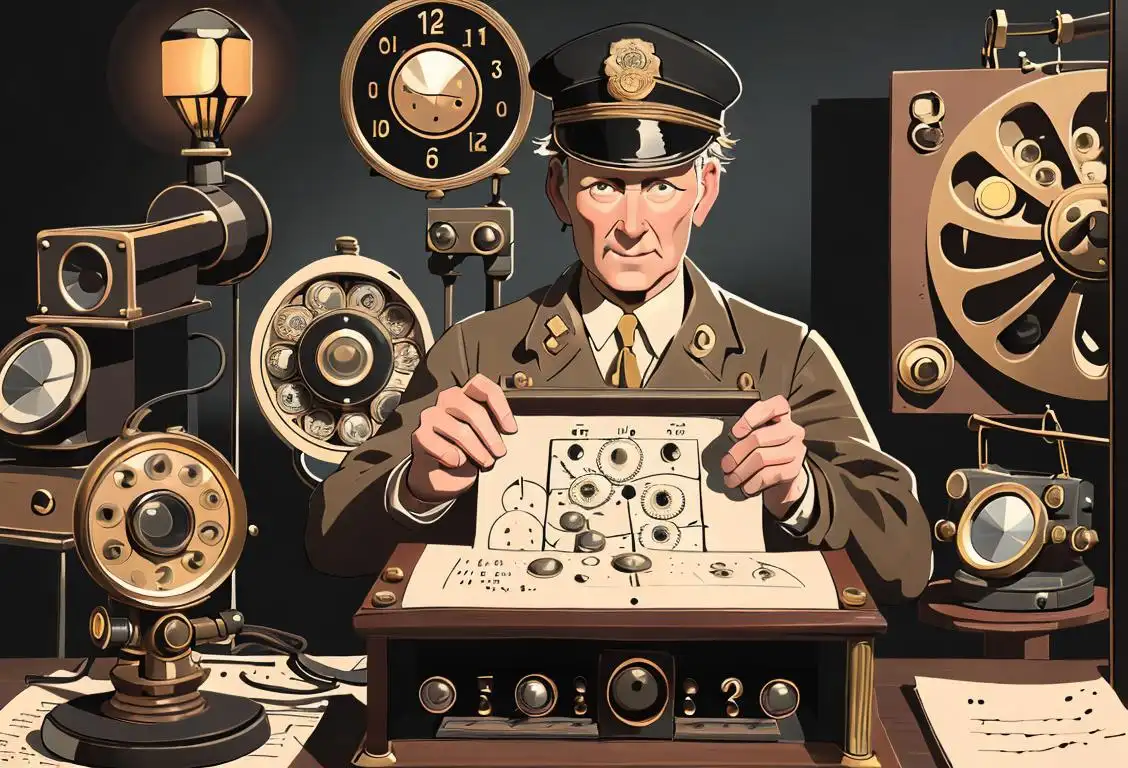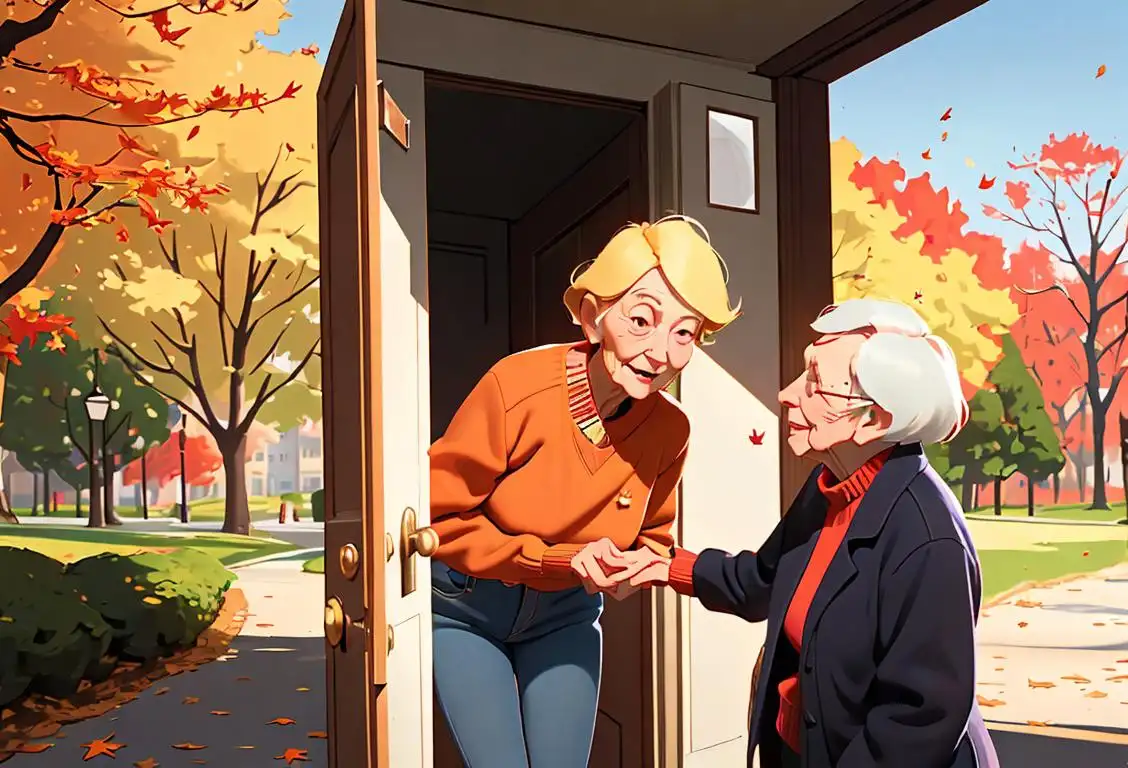National Learn Your Name In Morse Code Day

Welcome to the fascinating world of Morse code, where dots and dashes become a language of their own. Today, we're celebrating National Learn Your Name in Morse Code Day, a fun and engaging way to dive into the history of communication.
When is Learn Your Name In Morse Code Day?
It's national learn your name in morse code day on the 14th January.
A Brief History of Morse Code
Morse code, invented by Samuel Morse and Alfred Vail in the early 1830s, is a method of transmitting text messages using a series of dots and dashes. Initially developed for telegraphy, it quickly became the primary means of long-distance communication.
Before the invention of Morse code, sending messages required lengthy and expensive physical transportation. With Morse code, messages could be transmitted instantly, revolutionizing communication at the time.
Each letter of the alphabet, along with numbers and different types of punctuation, is represented by a unique combination of dots and dashes. For example, the letter 'A' is represented by a dot followed by a dash, while the letter 'B' is represented by a dash followed by three dots.
Now, let's dive into the exciting task of learning your name in Morse code!
Learning Your Name in Morse Code
Learning Morse code is both fun and educational. Not only will you impress your friends with this unique skill, but it connects you to a piece of history as well. Here's a step-by-step guide on how to learn your name in Morse code:
- Start by finding a reliable Morse code chart online or in a book. This chart will provide you with the codes for each letter of the alphabet.
- Write down your name and convert each letter into its corresponding Morse code.
- Practice sounding out each letter of your name in Morse code. Remember, dots are short sounds, and dashes are longer sounds.
- To make things even more interesting, you can use a flashlight or even tap on a hard surface to communicate your name in Morse code.
- Once you've mastered your own name, challenge yourself to learn the names of your loved ones or even your favorite celebrities.
Learning Morse code can be a fun group activity as well. Gather your friends, enjoy some snacks, and see who can decode messages the fastest!
Did You Know?
Did you know that Morse code was used extensively during World War II? Soldiers used Morse code to transmit vital information, sometimes under hazardous conditions. It played a crucial role in wartime communication and continues to be appreciated for its reliability and simplicity.
History behind the term 'Learn Your Name In Morse Code'
1836
Invention of the electric telegraph
In 1836, an American artist and inventor named Samuel F.B. Morse successfully demonstrated the first practical electric telegraph. This invention revolutionized communication by allowing messages to be sent over long distances using electrical signals.
1844
Morse Code developed
In 1844, Samuel Morse and his colleague Alfred Vail developed Morse Code as a system to represent letters and numbers using a combination of dots and dashes. Each letter and number was assigned a unique combination, allowing them to be transmitted and understood via telegraph wires.
1851
International adoption of Morse Code
By 1851, Morse Code had gained international recognition and was widely adopted as the standard communication system for telegraphy. This allowed messages to be sent and received between different countries, further expanding global communication capabilities.
1865
Morse Code used in the American Civil War
During the American Civil War (1861-1865), Morse Code played a crucial role in military communication. It was extensively used by both the Union and Confederate armies to relay important messages, coordinate troop movements, and gather intelligence.
1905
Morse Code in wireless telegraphy
In 1905, Guglielmo Marconi successfully transmitted Morse Code signals wirelessly for the first time across the Atlantic Ocean. This breakthrough paved the way for wireless telegraphy and ultimately the development of radio communication.
1999
Renewed interest in Morse Code
In recent years, there has been a renewed interest in learning Morse Code as a hobby and a way to connect with the past. Morse Code has become popular among amateur radio operators and technology enthusiasts who appreciate its historical significance and unique communication method.
Did you know?
Did you know that Morse code was used extensively during World War II?Tagged
romance fun loved onesFirst identified
11th January 2017Most mentioned on
14th January 2017Total mentions
10Other days
Love Your Red Hair Day
Do Something Nice Day
Suicide Prevention Month Day
Kissing Fried Chicken Day
Kiss A Ginger Day
Iloveyou Day
Compliment Day
Happiness Day
Tv On The Same Day
Boyf Day









